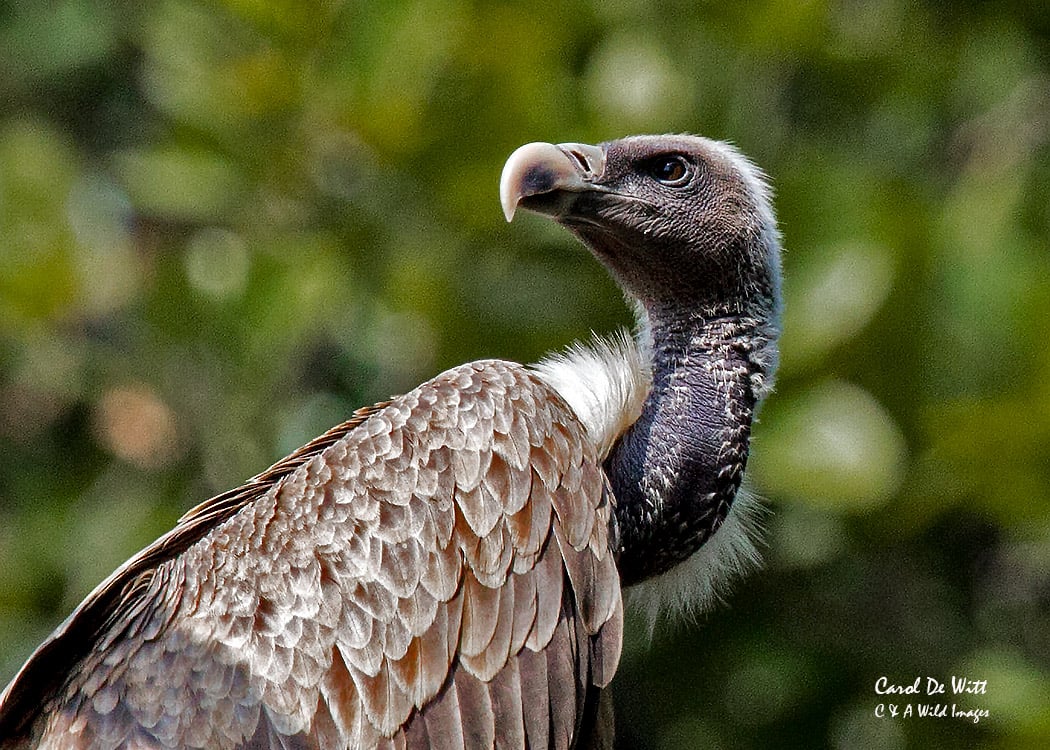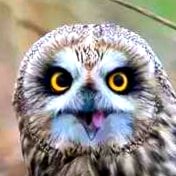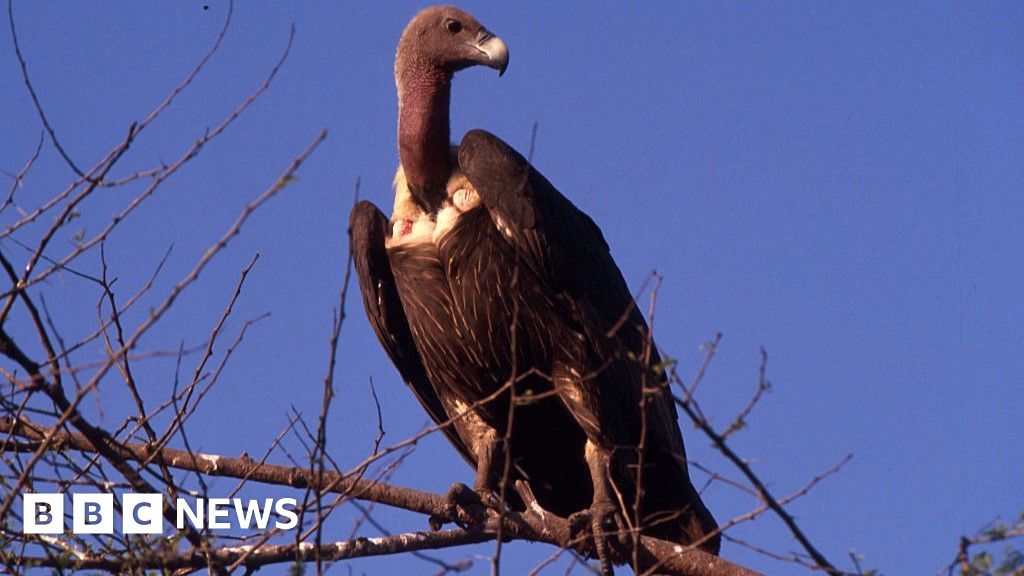- cross-posted to:
- [email protected]
- [email protected]
- animals
- [email protected]
- cross-posted to:
- [email protected]
- [email protected]
- animals
- [email protected]
BBC: How decline of Indian vultures led to 500,000 human deaths 25 JUL 2024
More than two decades ago, India’s vultures began dying because of a drug used to treat sick cows.
By the mid-1990s, the 50 million-strong vulture population had plummeted to near zero because of diclofenac, a cheap non-steroidal painkiller for cattle that is fatal to vultures. Birds that fed on carcasses of livestock treated with the drug suffered from kidney failure and died.
The unintentional decimation of these heavy, scavenging birds allowed deadly bacteria and infections to proliferate, leading to the deaths of about half a million people over five years, says the study published in the American Economic Association journal.
“Vultures are considered nature’s sanitation service because of the important role they play in removing dead animals that contain bacteria and pathogens from our environment - without them, disease can spread,” says the study’s co-author, Eyal Frank, an assistant professor at University of Chicago’s Harris School of Public Policy.
“Understanding the role vultures play in human health underscores the importance of protecting wildlife, and not just the cute and cuddly. They all have a job to do in our ecosystems that impacts our lives.”
The authors estimated that between 2000 and 2005, the loss of vultures caused around 100,000 additional human deaths annually, resulting in more than $69bn (£53bn) per year in mortality damages or the economic costs associated with premature deaths.
These deaths were due to the spread of disease and bacteria that vultures would have otherwise removed from the environment.
“The vulture collapse in India provides a particularly stark example of the type of hard-to-reverse and unpredictable costs to humans that can come from the loss of a species,” says Mr Sudarshan, an associate professor at the University of Warwick and co-author of the study.
It is amazing to see what a difference these birds most take for granted contribute to our success as a species.
Many find vultures to be creepy, but after learning about some of their amazing abilities and understanding why they’ve evolved to become what they are, they are superbly designed animals that excel at doing a very important job.
White-rumped vulture (Population loss since 2000: 98%)

Indian vulture (Population loss since 2000: 95%)

Red-headed vulture (Population loss since 2000: 91%)




deleted by creator
Vultures are not typically aggressive. They don’t have the speed and strong talons of other raptors. The great majority of their food is already dead when they eat it. If another predator shows up, they will usually get out of there.
Their look is unconventional, but they are largely designed the only way they can be. If we go by the philosophy of beauty being function over form, it becomes easier to appreciate them.
Their heads are typically bald to avoid parasites and pathogens they would get from sticking their heads inside of some gnarly spaces.
Their legs are also bare, and they wash them with their urea (urohydrosis) to keep them sterile as well, because those feet are also going in the same funk.
Vulture stomach acid also comes in between 0-1 pH, making it 100x as strong as ours. All that bacteria and any parasites are going to be nuked.
So they are basically living, regenerating bio hazard suits that can digest anything. They can eat things contaminated with anthrax and botulism without a care in the world.
Bonus fact: There is a Palm Nut Vulture eats nuts, fruit, and grain in addition to meat.
Bearded vultures are pretty neat too. They pretty much only eat bones. They can eat surprisingly big chunks whole. Or if the bone is too big, they drop it onto a rock to break it up.
And they’re very peaceful, because they know no one is going to fight them for the bones.
Hehe bones away!
That’s crazy they prefer the bones. It seems like that would have much less nutrition.
No competition does seem like a big advantage though.
That’s what I thought too, but bones are about 1/3 protein with a lot of fat and minerals. Kind of like tonkotsu broth.
They also store well. If the vultures find more than they need, they’ll keep the extra bones in a storage place really high up. The fat content drops a lot when the bones dry out, but the protein is still there.
The downside is bones don’t have a lot of water, so bearded vultures need a source of fresh water in their territory.
Very interesting!
In return, here is one of my comments from a while back about how birds can generate some of their own water!
Fascinating! So oxygen from the air (or wherever) + hydrogen from food = water.
Plants can make their own food, and birds can make their own water :)
Yes, every time we go pee, it’s a miracle of metabolism! 😜
They probably had to compete with other scavengers for the dead animals and evolved to live of the leftover bones.
I ate the bones?!